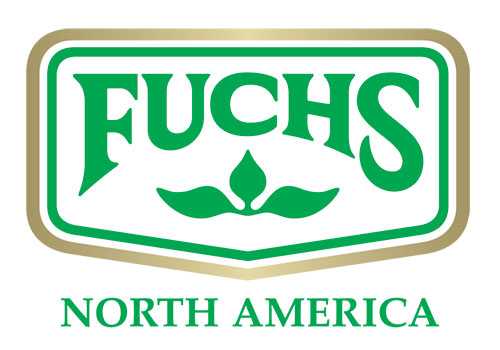BE vs. GMO
 Many consumers want to know, and have a right to know, the origins of their food and how it has been processed. Some of these consumers also want to know if their food was engineered through certain laboratory techniques. But what is the difference between bioengineered (BE) ingredient disclosure and non-GMO labeling? What does BE labeling mean for consumer goods? This blog will help answer your burning questions.
Many consumers want to know, and have a right to know, the origins of their food and how it has been processed. Some of these consumers also want to know if their food was engineered through certain laboratory techniques. But what is the difference between bioengineered (BE) ingredient disclosure and non-GMO labeling? What does BE labeling mean for consumer goods? This blog will help answer your burning questions.
Background
USDA established the National Bioengineered Food Disclosure Standard (NBFDS) on Dec. 20, 2018 and set the mandatory compliance date as Jan. 1, 2022. The final rule defines BE foods as those that contain detectable genetic material that has been modified through certain lab techniques and cannot be created through conventional crossbreeding or found in nature.
If a food or food ingredient is BE and if records cannot prove it is non-BE or not highly refined to remove detectable protein, the food must bear a BE disclosure. The USDA provides a List of Bioengineered Foods as a “tool” to see if disclosure is required but the list is not exhaustive.
Alfalfa
Apple (ArcticTM varieties)
Canola
Corn
Cotton
Eggplant (BARI Bt Begun varieties)
Papaya (ringspot virus-resistant varieties)
Pineapple (pink flesh varieties)
Potato
Salmon (AquAdvantage®)
Soybean
Squash (summer)
Sugarbeet
Does BE mean something different from GMO?
Not really. Congress used the term BE when they passed the NBFDS. Previously, the term genetically modified organism or “GMO” was used in the food manufacturing industry and by the public.
‘Genetically modified’ and ‘bioengineered’ both indicate that a food item’s genetic material has been altered using techniques outside of conventional breeding or found in nature.
However, BE disclosure is now federal law. The term “bioengineered food” replaces GMO claims issued previously and is the terminology that food manufacturers must now use in the disclosure.
What about labeling of foods that are not made from GMO/BE materials?
Non-GMO / Non-BE labeling is neither required by law nor regulated by the FDA, except that the claim must not be deceptive. It is a voluntary declaration adopted by some companies for marketing and education purposes only.
What does BE labeling mean for consumer goods?
Foods that contain BE material must say so on the packaging by January 1, 2022. This is a mandatory legal requirement and companies that don’t comply could face fines or other penalties.
Options for disclosure include: text, symbol, electronic or digital link, and/or text message. Additional options such as a phone number or web address are available to small food manufacturers.
We have a blog that goes into more detail here or you can check the USDA website:
https://www.ams.usda.gov/rules-regulations/be and this FAQ Fact Sheet
How can Fuchs help?
Our team will equip you with the documentation and records needed for your labeling assessment of our spices and seasonings, including ingredient lists, process information, BE-GMO statements, and other required materials.
Never miss an update! Click here to subscribe to our e-newsletter.


